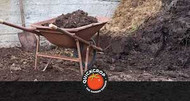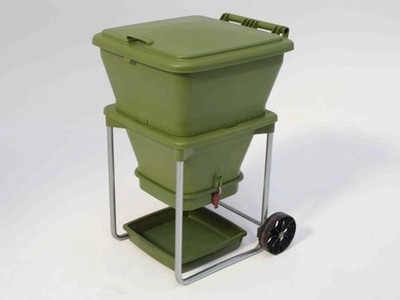When Do I Add Compost To My Garden?
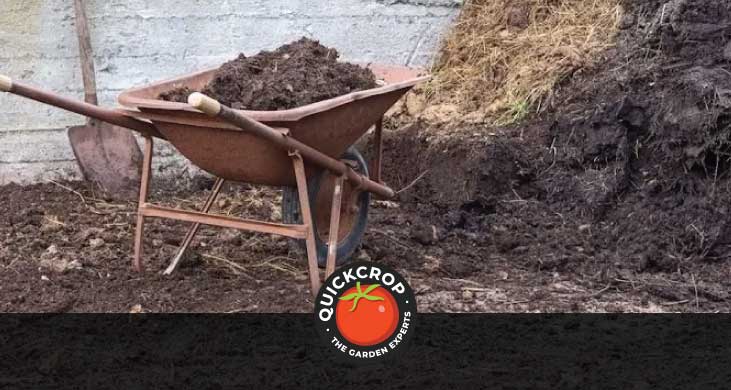
Whether it’s homegrown or store-bought, compost plays a vital role in the health of your soil, and healthy soil makes for healthy plant growth. But you may be asking yourself:
- What is the best time of year to add compost to your garden?
- Should I add compost just before planting? Or should I give the compost time to decay further into the soil?
Most gardeners recommend adding compost to your garden either in spring or in the fall. If it’s the former, it’s generally done two weeks or so before you start planting. With the latter option, adding compost in autumn gives it a chance to decay and mature fully, in turn being absorbed by the soil in a slow-release process.
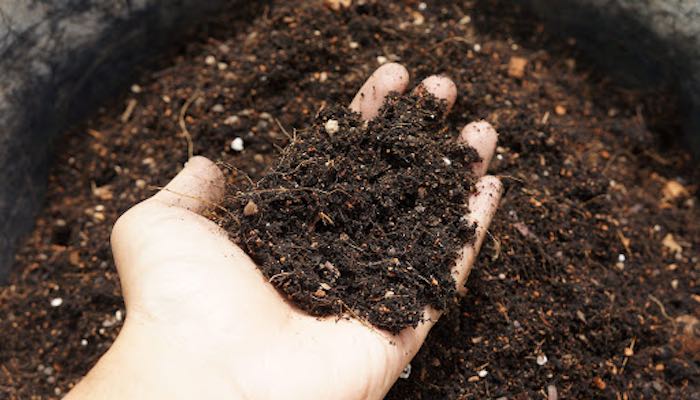
We’ll discuss these two options further, but first, because it’s always good to remind ourselves why we’re doing certain things….
Benefits of Adding Compost To Your Garden
- Adding Compost will improve the structure of your soil. It binds together particles into larger ‘aggregates’. The result is a soft, crumbly soil. Compact, clay-type soils become looser, while sandy soils become more effective at retaining water and nutrients.
- Compost improves the water-holding abilities of your soil. Plants will have a more consistent source of moisture as compared to irrigation, where the water can drain off after it’s been provided.
- At first this seems slightly contradictory to the previous point, but compost will improve soil drainage. Poor drainage can refer to not only damp, waterlogged soil but also soil that drains too quickly. If soil is overly wet, plant roots can struggle to establish themselves. When it drains too fast, plants can miss out on absorbing nutrients. Compost adds a certain quality and texture to soil that helps avoid these scenarios, improving air circulation, moisture retention and drainage.
- When compost is added to the soil, it becomes better able to retain nutrients that might otherwise be washed away in heavy rain conditions (for example). These nutrients would include nitrogen, which is very beneficial for plant growth.
- As compost breaks down in the soil it encourages a healthy population of microbes and welcome garden residents such as earthworms.

Hotbin Composter - Hot Compost Bin 200 Litres
View Product
Adding Compost In Autumn
The idea behind adding compost in Autumn is that it will be absorbed by the soil over these quieter months (indeed, many gardeners will take a break from growing vegetables at this time of year). With spring being a very busy time in the vegetable garden calendar, many gardeners find they have more time for soil amendment in the fall. By the time spring comes around, your soil will be healthy and ready to go. Adding compost at this time of year can be beneficial if you’re not entirely sure whether the compost has fully ‘matured’. If the organic matter is still decaying, you don’t need to worry about it interfering with the growing process of newly planted vegetables. By contrast, when the compost has fully broken down (which it certainly will have by spring) the benefits to the soil can be eagerly taken advantage of once you start sowing and planting.
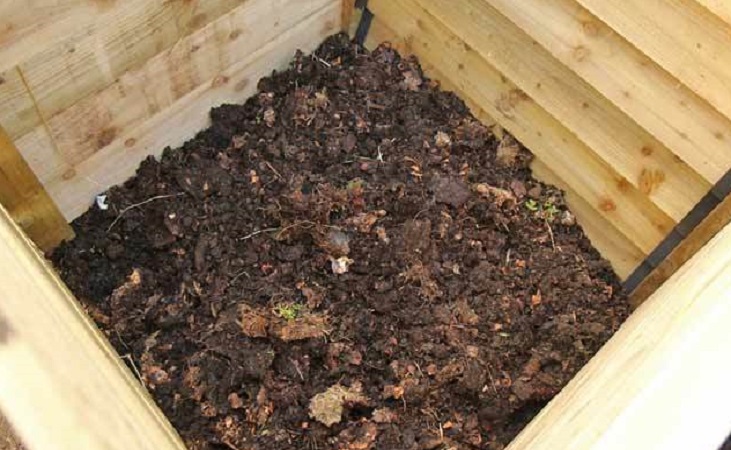
When applying compost to the garden in the autumn, first make sure to clear any dead plants. Apply 2-3 inches of compost and then work it into the top few inches of soil with a leaf rake or other suitable garden tool. At this point you can also add a cover crop or cover the soil with a leaf mulch.

Treble Bay Easy Access Timber Composter
View Product
Adding Compost In Spring
Some gardeners prefer to add compost to the garden in Spring, and this is an equally valid approach. It does mean being a bit more careful with your timing, though. Generally, you should aim to add the compost to the soil two weeks or so before you start planting. This will enrich the soil and give a boost to young plants. Having said that, with some vegetables it won’t do any harm to add a handful of compost at the same time that you’re planting.
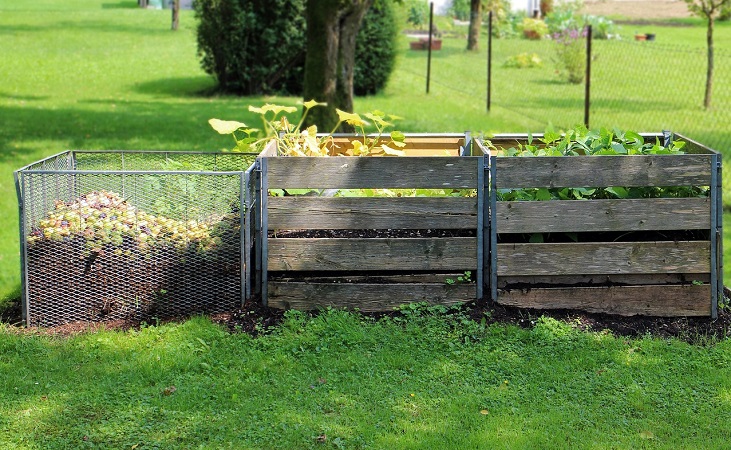
One thing to be careful of if you’re adding compost to the garden in spring - and therefore close to sowing and planting time - is that if the compost is only partly decomposed it can actually reduce the amount of nitrogen available to young plants, the microbes using the nutrient for their own ends as the organic matter continues to decompose in the soil. You can get around this by adding some manure or soil amendment.

Joraform Compost Tumbler JK270 'Big Pig'
View Product
Side Dressing and Top Dressing
Side dressing refers to adding small amounts of compost strategically around the base of certain plants or along certain rows in your garden. This can be done in late spring or early summer. Work it into the soil gently, while trying to avoid disturbing the roots. Leave about 1-2 inches of space from the plant stem. Side dressing should be avoided if flowers have already started to bloom, as it can interfere with this process. Side dressing is also frequently done using a fertiliser rather than compost: if your main priority is providing growing plants with nutrients, fertiliser is your best bet. Using both at the same time can also be beneficial.
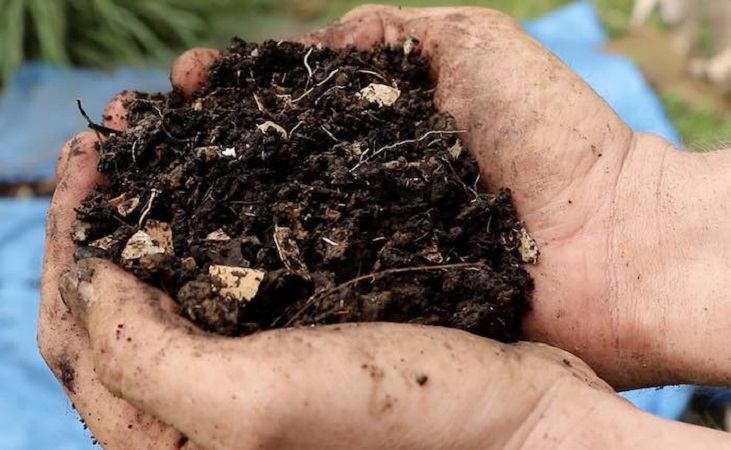
You can also top dress your garden by spreading a 1-2 inch layer of compost (or other material) on the surface of the soil. When top dressing, compost can be left on the surface of the soil: worms, beetles, organisms etc can take care of it from there. If you prefer, it can be lightly worked into the top inch or so of soil. Top dressing is often used for raised beds and potted plants.
